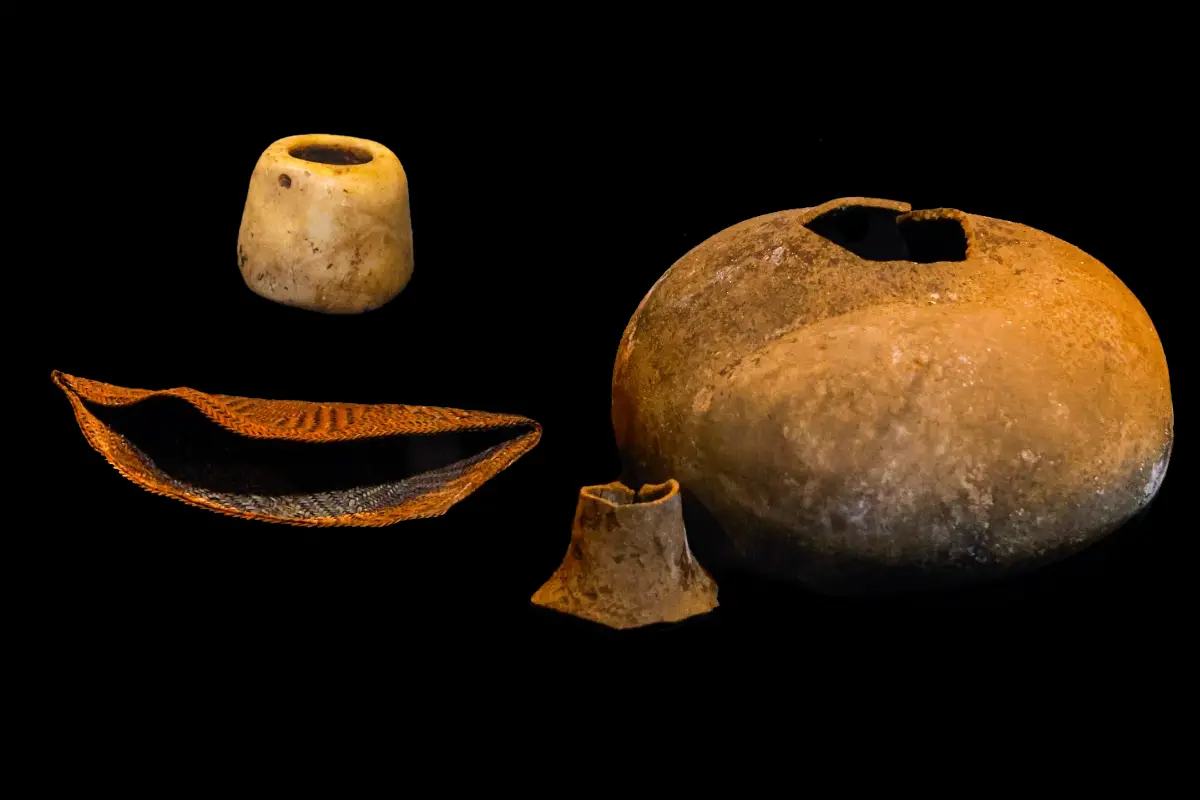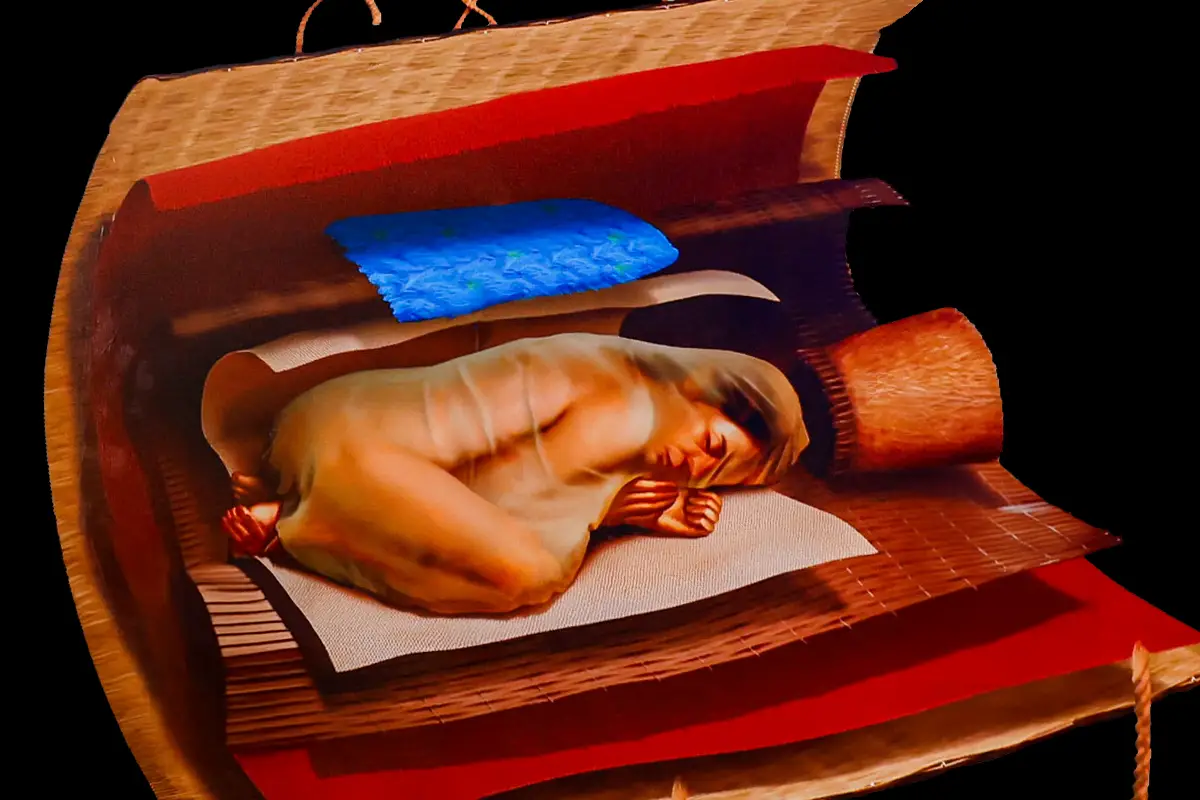Archaeologists from the Caral Archaeological Zone (ZAC), led by Dr. Ruth Shady Solís from the Ministry of Culture, have discovered a well-preserved burial at the Áspero archaeological site in Barranca Province, Peru.
Áspero is a Late Preceramic archaeological site associated with the Caral-Supe civilisation. Once a major fishing centre for the city of Caral, Áspero was inhabited throughout the Late Archaic period from before 3000 BC to approximately 1800 BC.
The site covers an area of about 14 hectares (35 acres) and contains several large ceremonial structures known as huacas – of which the most important are Huaca Alta, Huaca de los Ídolos, and Huaca de los Sacrificios.
A recent excavation in Huaca de los Ídolos has unearthed the remains of a high-ranking woman, perfectly preserved with skin, nails, and hair intact. She was wrapped in several layers of cotton cloth, rush mat covering, and a feathered panel that was constructed from macaw feathers.

According to the Peruvian State: “The feather panel is one of the oldest examples of feather art in the Andes. Specialists highlight this discovery as an indicator of the high level of development of specialised techniques during the Caral Civilisation.”
The burial contained a woven headdress, baskets made of reeds, an incised bone needle, a shell originating from the Amazon, a toucan beak inlaid with beads, weaving tools, a fishing net, and over thirty sweet potatoes.
Placed above the body, archaeologists also found a collection of funerary offerings, including bottle-shaped vessels and another basket placed on a totora reed mat.
The nature of the offerings and the care taken in the burial strongly suggest that the woman held a position of high social status, further supporting the prominent role of women in the Caral-Supe civilisation.
A multidisciplinary team is now conducting ongoing research into her health, cause of death, diet, and the origins and functions of the objects found with her.
Header Image Credit : Caral Archaeological Zone (ZAC)
Sources : Peruvian State





